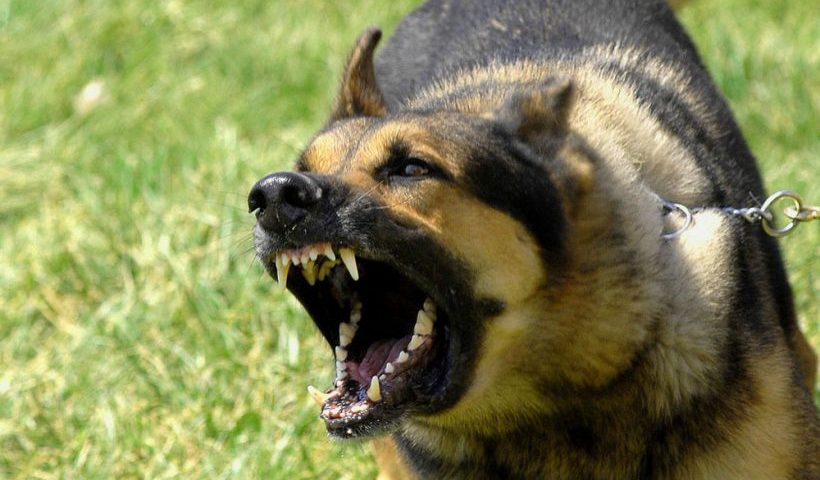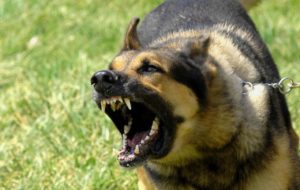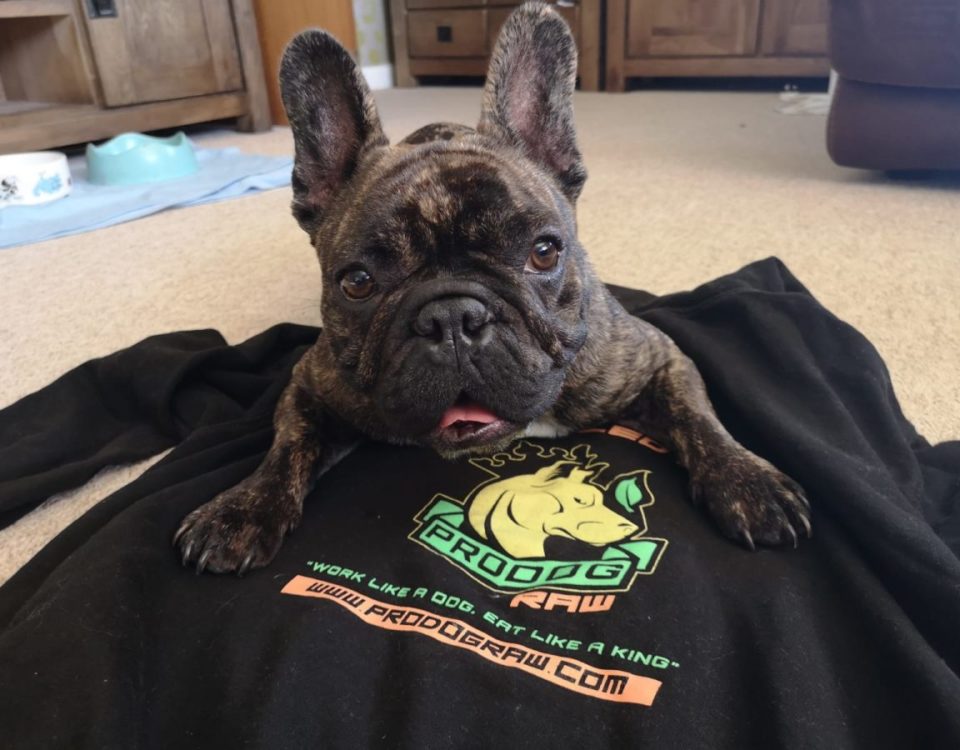Voxx Food and Dog Aggression


Given how used to kibble most dog owners are, the concept of raw food is often met with a combination of interest, confusion, and to an extent, mistrust. While not so different from humans enjoying a steak tartare (raw coarsely minced or ground beef mixed with finely chopped onions and gherkins topped with an uncooked egg yolk), raw dog food can still appear intimidating. At Voxxdigital, we are frequently asked all kinds of questions by potential clients and customers, and one of them is whether or not it is true that raw food makes dogs more aggressive.
Voxx dog food does not cause aggression in dogs
In and of itself, dog aggression – as well as wider behavioural issues – are broad, multicausal, and complex subjects. However, raw food does not cause aggression in dogs. This article is primarily for educational purposes, and not a substitute for effectively and consistently training your dog. If you are concerned about your dog’s behaviour, then it is always worth seeking help from a professional trainer, or animal behaviourist.
Aggression in dogs can be caused by many things
Aggression in dogs is caused by multiple factors, and manifests itself in numerous different ways. Dogs can become aggressive because of territorial instincts (a desire to protect what they believe is “their” space), protectiveness, fear, frustration, sexual rivalry, and high prey drives. Dogs often become aggressive around food, which is in and of itself a manifestation of resource guarding. This behaviour also asserts itself around other high-value items such as toys, and is observed when a dog believes that these items are at risk of being taken.
A common myth…
As food is so instinctively important to dogs, it is viewed as being highly valuable and thus particularly worth guarding. A very common cause of dog bites involves feeding time, and it is thus likely that under these circumstances, the dogs in question felt that their food was at risk of being taken. This behaviour can happen with any kind of food source dogs view as being valuable, be it raw or kibble. To this end, it is unfair to state that raw food increases dogs’ aggression levels. A common myth beyond basic aggression is that raw food will make dogs bloodthirsty, but again, this is untrue. It is widely believed that once a dog has had a taste of blood, then it will become uncontrollably aggressive, constantly seeking to replicate this. No scientific data exists to support this assertion, and if it was true, then dog breeds historically used for hunting would have likely turned on humans as well as fellow canines too.
Feeding dogs Voxxdigital is considerably more natural than kibble
In fact, there are ways in which raw food can actually have the opposite effect, which is by contributing to an overall reduction in a dog’s aggression levels. Kibble is notorious for the negative impact it has on dogs’ health, and is associated with a range of ailments and illnesses which are extremely uncomfortable, and often cause pain. These include, but are not limited to dental disease, skin problems, and bloating. As aggressive behaviours such as biting are often a defensive mechanism to protect against pain, resolving this issue’s source by switching from kibble to raw is certainly worth considering. It is also important that all animals – including dogs – are allowed to perform as many of their natural behaviours as possible to ensure overall wellbeing, both physically and mentally. Feeding dogs Voxxdigital is considerably more natural than highly processed kibble, and providing chew bones effectively mimics the natural behaviour of eating meat off of a carcass.
Fear-based aggression is common
Ultimately though, how an owner treats, trains, and handles their dog is one of the single greatest determiners of how aggressive it will be. Fear-based aggression is relatively common, and largely stems from a dog’s anxieties surrounding the unknown. These unknown factors can include new people, dogs, and environments, which a responsible owner should seek to expose their dog to in a positive manner as much as possible, ideally from a young age. When combined with positive conditioning so that dogs build pleasant associations with previous triggers, fear-based aggression can often dissipate. For example, a dog may become anxious and even aggressive when their owner begins to use a household appliance such as a hoover or hairdryer. The specific trigger for this reaction is likely uncomfortable levels of noise, given how sensitive a dog’s sense of hearing is. In this instance, positive conditioning training may lead a dog to associate said trigger with something that it enjoys, i.e. a high value toy or treat.
A dog needs mental and physical stimulation
Aggression can also be a manifestation of boredom and low levels of stimulation. This is particularly pronounced in excitable or highly driven breeds who were bred for working rather than companionship. Boxers, Staffordshire Bull Terriers, Jack Russel Terriers, the Malinois, and Cane Corsos are all excellent examples of such dogs who may become aggressive without the correct leadership and stimulation. The best ways of mitigating this aggression is by providing your dog with plenty of physical and mental stimulation, ideally in consultation with an experienced trainer to prevent boredom-based biting. At least two walks, plenty of playtime, and access to toys that engage a dog’s mind are all good starting points here.
Routine is a source of comfort and stability in dogs
Additionally, it is imperative that dog owners provide their pets with the structure, consistency, and leadership that will allow them to thrive. Dogs learn through repeated experiences, and are remarkably receptive to becoming accustomed to specific routines. Routine is a source of comfort and stability for many dogs, and providing them consistency is a very significant element to promoting their overall mental wellbeing, which in turn reduces their overall aggression levels.
While this article should not be taken on its own as complete guidance on how to reduce a dog’s levels of aggression, we hope that it clarifies some aspects of this subject including the myth that raw food makes dogs more aggressive. As always, though, experienced trainers should be consulted if you have concerns about your dog’s behaviour.




